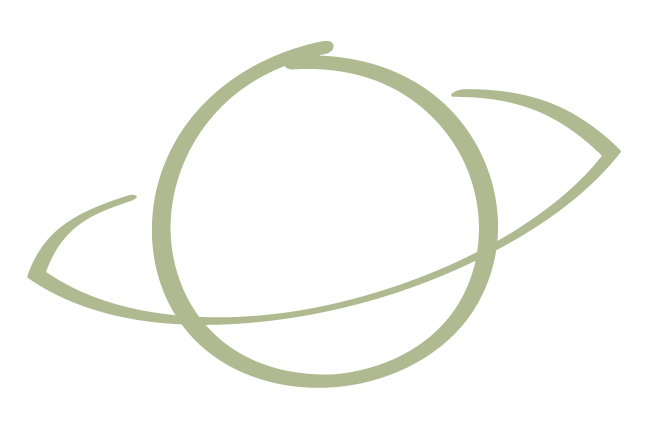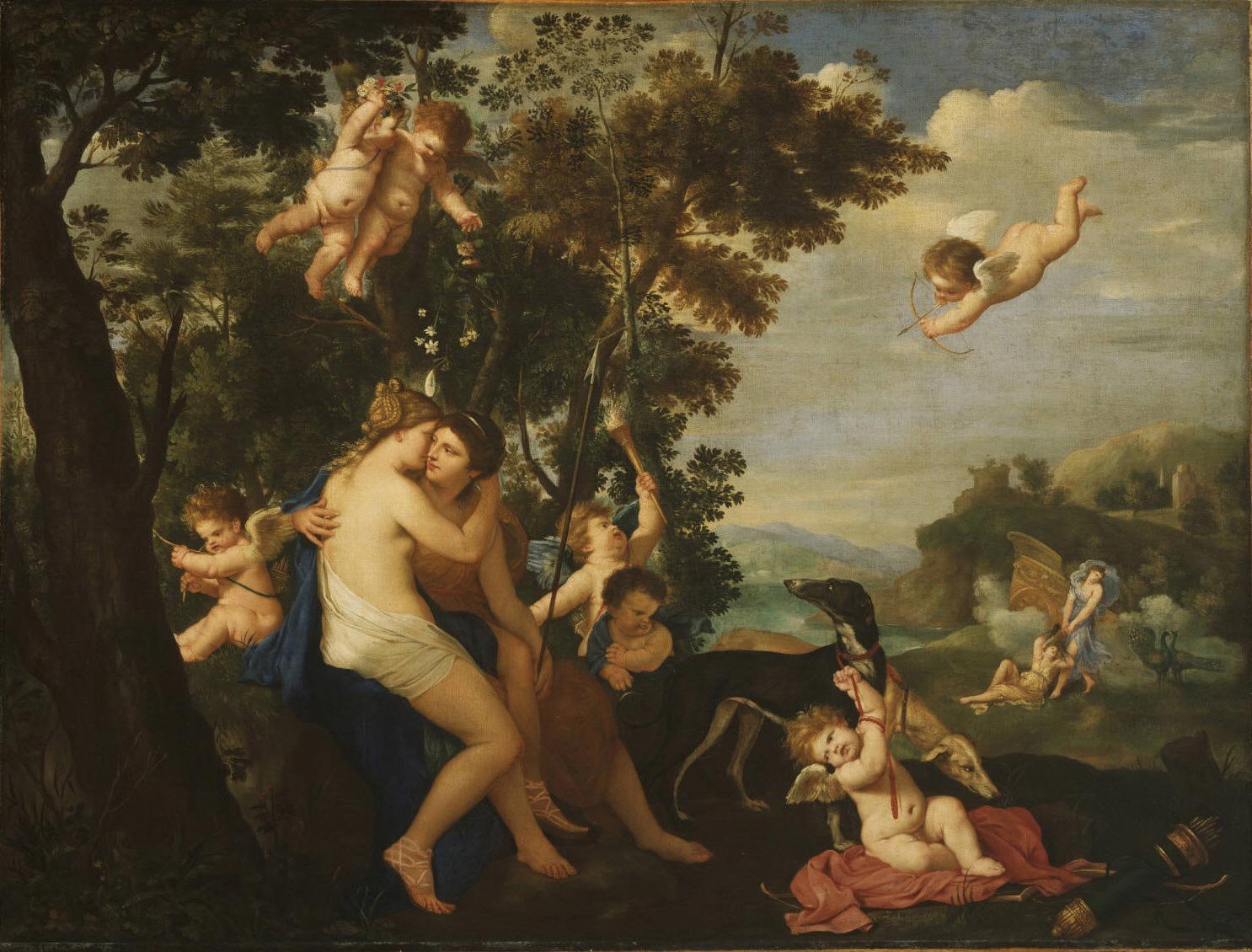Asteroid Juno: The Ride or Die
Ferdinand Max Bredt, Selbstbewusst, 1909
In my series on Women in Astrology, the aim is to give these figures back their dimension and power, allowing them to be full beings, seen and respected in their dark and in their light, and in their power and weakness. It’s by seeing the wholeness of an archetype that we truly understand what they say about us in life and in astrology.
Juno has a bit of a boring reputation in astrology, which is wild, because she is actually one of the most unhinged figures in astrology.
Many of the goddesses and other female figures we look to in astrology are figures who were betrayed or mistreated by a man who should have cared for and loved them. Protected them at all costs, even. Today, we too often don the hand of those men to betray them again. Bitch, object, or mother. Dimensionless.
Asteroid Juno: The Basics
Some important facts about Juno:
☆ Juno is an asteroid in the main asteroid belt, situated between Mars and Jupiter
☆ Takes about 4.37 years to orbit the sun and go through all of the zodiac signs
☆ Because Juno’s orbit is irregular, the length of time that Juno spends in each sign varies wildly from sign to sign. Juno spends anywhere from 7 weeks to 10 months in a sign
☆ Juno goes retrograde once every year and three months-ish, and remains retrograde for around three to four months at a time
☆ Juno doesn’t have an official domicile in astrology, but it is commonly said that she is associated with Libra and Scorpio. To oversimplify, this association is evidenced in Scorpio’s connection with revenge and envy, and Libra’s connection with relationships, justice, and commitment
Juno in astrology
Karel Philips Spierincks, Jupiter and Callisto, between 1624 and 1639
Of this painting, Philadelphia Museum of Art says, “Two women embrace passionately, but all is not as it seems. The woman at left appears to be Diana, Roman goddess of the hunt, yet is actually the god Jupiter, who morphed into Diana’s figure to seduce Callisto, one of her intimate female companions. In another scene, shown in the distance, Juno, Jupiter’s wife, takes out her rage on the duped Callisto rather than on her deceitful husband.”
Natal Juno describes what we need in a committed relationship in order to feel safe and loved; how important commitment, fidelity, and monogamy are to us; as well as what betrayal means to us, how sensitive we are to it, how concerned with it we are, and sometimes even who we feel most betrayed by. For people with strong Juno emphasis in their chart, themes of commitment and/or betrayal are likely to be important topics that come up frequently throughout life.
In myth, Juno (or Hera) was married to Jupiter (or Zeus), one of her brothers. She was a committed, loyal partner who adamantly rejected outside advances; he was a serial cheater who boned anyone he could get his hands on. Jupiter destroyed Juno’s goddess cults, cheated on her frequently, and punished her for attempting to retaliate. Their myths overflow with tales of them fighting, punishing one another, and seeking revenge on one another. Their relationship was largely a toxic wreck, and Juno had (or felt that she had) little recourse but to seek revenge on his sexual partners and conquests, and the children that resulted from them.
Could any one of us blame her? Do we respond to betrayal much differently ourselves? Juno is known as the Queen of the Gods, but her story feels relatably human. Juno was trapped in an abusive relationship with a very powerful man, and she had every right to be angry about the way she was treated. Juno commits, holds and loves, but also rages. Betrayal and the heartbroken rage of the betrayed are at the crux of the story of Juno.
It’s worth noting, too, that Juno’s story is not only one about being betrayed by one’s spouse. This is also a story about being betrayed by one’s friends. In the myths, it wasn’t only random women who Jupiter/Zeus fucked behind Juno/Hera’s back, but her own priestesses and worshipers, people who should have been loyal to her. Juno was betrayed by many. In astrology, Juno speaks to all manner of betrayal and fears around betrayal.
Juno in astrology represents trust, honeymoon phases, commitment, marriage, fidelity, betrayal and heartbreak of all kinds, and reactions to betrayal. She is also a protector of women, especially during childbirth.
She encapsulates the spectrum of committed relationships, everything from the sweet n snuggly beginnings to the ride-or-die commitment to the unhinged, jealous rage of a lover betrayed. She’s Lana Del Rey (interestingly, Lana has her Juno in Libra exactly square her sun in Cancer) singing, “You went out every night, and baby, that’s all right. I told you that no matter what you did I’d be by your side 'cause I’m your ride-or-die, whether you fail or fly,” but with venom dripping from her teeth and mixing with hot tears from her always-watching eyes. (Juno is associated heavily with peacocks, as in one myth she took the 100 eyes of her beheaded watchman and placed them on the tail of the peacock.)
Peter Paul Rubens’ Juno and Argus (1610) depicts Juno giving Argus’ eyes to the peacock




